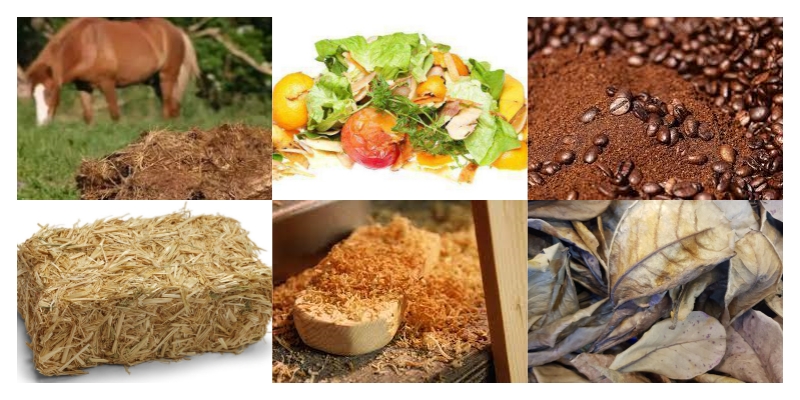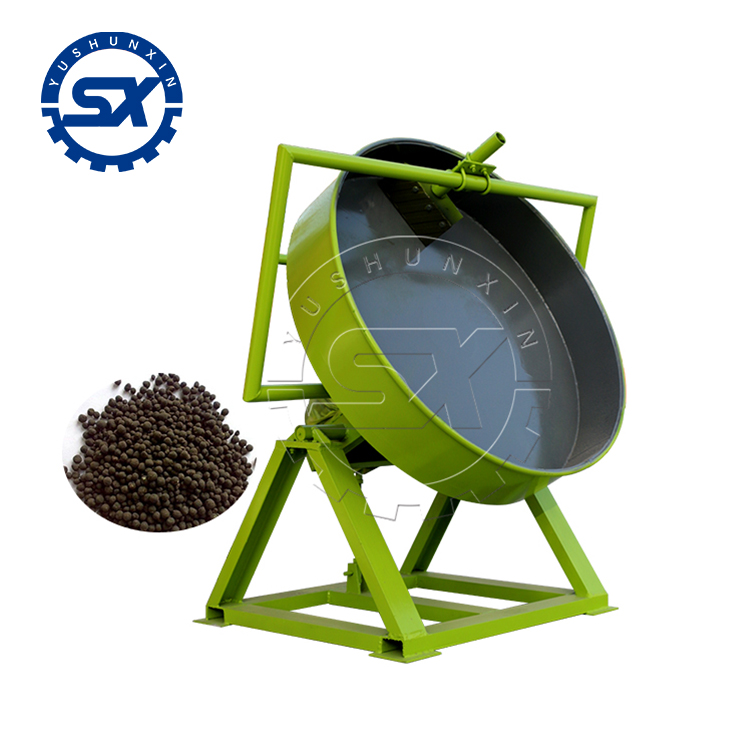The production of carbon-based fertilizer from poultry manure is a growing industry that holds great promise for sustainable agriculture. Efficient processing of chicken dung into valuable fertilizer requires specific equipment and raw materials. Understanding the essentials of this process will enable better decision-making for optimal production outcomes.
What Raw Materials Are Suitable for Carbon-Based Fertilizer Production from Chicken Manure?
The primary raw material for carbon-based fertilizer production is, of course, chicken manure. Rich in organic content and nutrients like nitrogen, phosphorus, and potassium, chicken dung serves as a potent base for fertilizers. However, to enhance its properties, other materials can be integrated. Straw, sawdust, and rice husks are excellent carbon-rich additives that can balance the high nitrogen content of poultry manure. These raw materials help control the moisture and nitrogen-to-carbon ratio, crucial for effective composting and subsequent processing.

What Are the Key Machine Features for Processing Chicken Manure into Fertilizer?
Efficient machinery is essential for converting poultry manure into carbon-based fertilizer. Several types of equipment must work harmoniously in this process. Initially, a composting machine is crucial for breaking down chicken dung into a decomposed state, making it suitable for further processing. Compost turners are often used to aerate and mix the materials, expediting the decomposition process.
Once composted, the material needs to be finely ground. A carbon fertilizer grinder machine is vital for this task, reducing the decomposed manure into a powdery substance. This step is crucial for preparing the material for granulation.
Granulators play a pivotal role in forming the powdered material into granules or pellets. Options like the disc granulator, flat die granulator are common choices, each offering specific benefits depending on the desired granule size and production capacity. The granulation process enhances the fertilizer's physical properties, making it easier to store, transport, and apply in agricultural settings.

How Does the Comprehensive Process for Making Carbon-Based Fertilizer from Chicken Manure Unfold?
The process for producing carbon-based fertilizer from poultry manure is multi-faceted. It begins with the collection of chicken dung and its subsequent composting to enhance its organic content. Following composting, the material undergoes grinding to form a powdered substrate ready for granulation. The granulation stage involves specialized equipment like pelletizers and granulators, which convert the powdery material into uniform granules, enhancing its usability.
Drying machines are employed post-granulation to reduce the moisture content of the granules, ensuring they are stable and durable. Finally, the granules undergo packaging, facilitated by packing machines, completing the production cycle. Quality packaging is essential for maintaining the integrity of the fertilizer during storage and distribution.
Conclusion
In conclusion, the production of carbon-based fertilizer from chicken manure is a complex but rewarding process. From raw material selection to the utilization of specialized equipment like granulators and drying machines, each step contributes to creating a valuable agricultural product. For those seeking industry-standard equipment and expertise, Yushunxin, a professional fertilizer equipment manufacturer, offers comprehensive solutions tailored to meet diverse production needs. Their innovative machinery and expert guidance can significantly enhance the efficiency and quality of your fertilizer production operations. You can visit: https://www.charbasedfertilizermachine.com/product/chicken-dung-and-biochar-as-fertilizer/